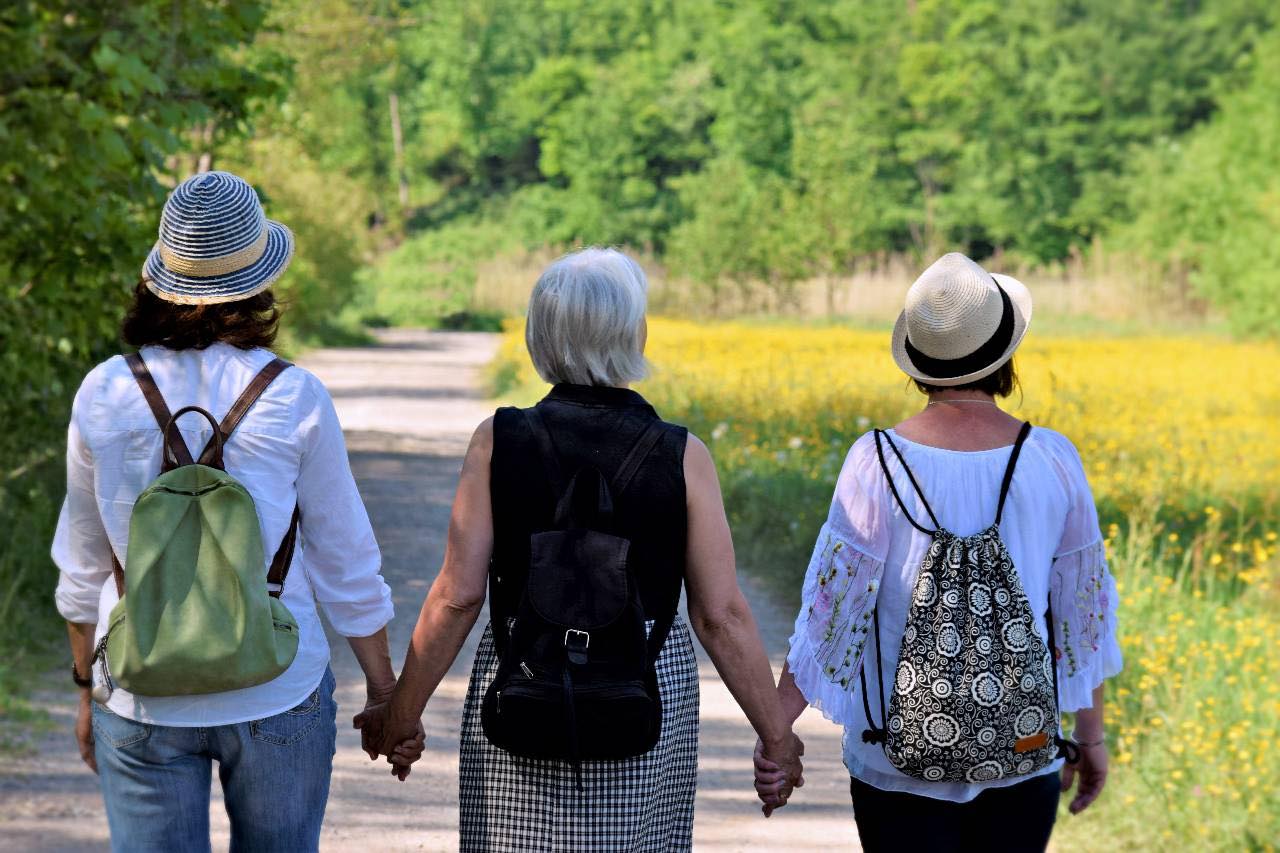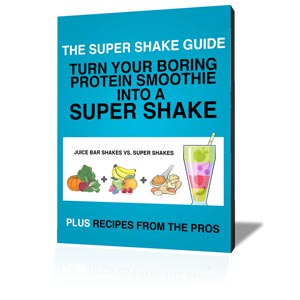It’s Saturday morning in the gym and you can’t believe your luck. You’re watching your mom on the stationary bike while your daughter sits on the bench beside you as you demonstrate your newly perfected kettlebell swing. You are part of three generations of women staying healthy, strong and vital together.
The time together is priceless. You love being in the gym with your family, even if everyone is doing their own thing. But you wonder, “are we each doing the right thing“? Your mom isn’t really concerned with weight loss while your daughter is struggling to find balance between her sedentary job and her daily diet. You have your sights set on maintaining your strength and improving your endurance for hiking and biking. They look to you for help but you’re not always sure of the right answer – for any of you.
Every woman on a fitness journey needs to nourish and move her body but how you need to do it varies as we age. There are different fitness needs for every decade.
Are you missing the mark when it comes to building healthy bones?
Your 30s are busy years, spent building your career and your family. What you may not realize is that you need to also focus on building your bones.
Osteoporosis typically isn’t diagnosed until your 50s or 60s, but your peak bone building time is in your early 30s. To promote healthy bones, you need two key elements in your workouts: heavy lifting and high impact exercise.
Using light one or three-pound dumbbells during a barre class won’t cut it. A weight that is challenging for eight to twelve repetitions is what creates enough force and positive stress to encourage bone growth. Goblets squats and weighted step-ups will help you build stronger bones now for later in life.
In addition to the heavy load, you also need the occasional high impact force. Running is a great high impact exercise, but I know it’s not for everyone. If running isn’t your thing, go old school with exercises like jumping jacks or jumping rope. Short bursts of exercises like soccer taps or jumps squats at the end of a strength workout are great finishers, fatiguing the muscles and providing enough of a high impact force to strengthen bones.
Nutritionally speaking, you’re told to drink your milk and get some vitamin D to build strong bones. Both are essential components, but there is a critical third nutrition piece. Protein is the building block of all tissues, including bones, so it is vital to bone health to make sure you are eating lean protein throughout the day. If you can tolerate dairy, Greek yogurt and cheese make a great “double-dip” for calcium and protein.
How to prevent midlife weight gain
Life starts to get real in your 40s. Midlife brings the increased challenges of a demanding career, care giving and perimenopause. You’ve got to stay strong mentally and physically for everything coming your way. If you haven’t been lifting weights, now is the time to start.
Age related loss of muscle mass picks up in your 40s. Unless you’re strength training, you start losing about 5 lbs of muscle per decade. Not only does this mean reduced function and strength, but it could also be major contributor to midlife weight gain.
To keep (or perhaps even add) muscle, make sure you are doing a full-body strength training workout three days a week. These strength workouts should be focused on compound movements. Compound movements (like squats, bench presses, push-ups, chin-ups and rows) work multiple muscle groups, giving your metabolism a bigger boost than isolation moves like bicep curls.
Since it starts to take longer to recover in your 40s, you’ll also need to allow time between these workouts for muscle repair. Schedule at least one day off from strength training in between each full-body workout. Use those days for cardio based activities, yoga or any other kind of movement you enjoy.
To help with recovery and stress management, it’s also time to stop shortchanging your sleep. The body does its most important recovery work while we sleep, so aim for at least seven hours per night.
The Simple Prescription To Prevent Cardiovascular Disease
Your doctor starts watching your blood pressure and your cholesterol more closely in your 50s. That’s because in your 50s, your risk of cardiovascular disease (CVD) sharply increases. This increased risk for CVD usually pivots the conversation with your doctor towards your diet. While managing your consumption of salty and fatty foods is part of the plan, what’s missing from the discussion is an exercise prescription.
There are three common CVD risk factors (not including weight) that are positively impacted by 30 minutes a day of exercise.
- Stress is an often-forgotten CVD risk factor that we need to talk about more. While it’s hard to eliminate all the stressors in life, you can diminish the physiological effects of stress with by completing the stress cycle daily with exercise. Daily exercise helps dissipate the hormones produced by your body for “fight or flight” and signal to your body it’s safe to rest and reset.
- Everyone talks about lowering your bad cholesterol, but reducing your LDL is only part of the equation. Raising your good cholesterol, your HDL level, has a protective benefit. One of the best non-drug ways to raise HDL is through regular moderate intensity exercise.
- The Mayo Clinic calls exercise the most effective non-drug treatment for high blood pressure available. Regular physical activity makes your heart stronger. A stronger heart doesn’t have to pump as hard, therefore reducing blood pressure.
Sometimes 30 minutes is hard to come by in your busy day. You can still get protective benefits with shorter workouts. Try planning two 15-minute workouts or three 10-minutes workouts to help lower your risk of cardiovascular disease.
The Key To Healthy Active Aging
Your 60s are your time. While some of the busiest people I know are retired, you have more control of the what and the when if you want it. That’s why your 60s and beyond are all about healthy active aging. Maintaining strength and balance so you can keep doing all the things you want to do, including the basic activities of daily life, is a great goal.
For your cardio workouts, I recommend getting off the treadmill and getting outside. The uneven surfaces found in nature are a better training ground than the smooth stride of the treadmill or stationary bike. If you can’t get outside, try cardio classes like Zumba or Jazzercise that get you moving in all directions. Ballroom dancing or tap dancing are fun ideas too.
If you are not strength training, it is a must in your 60s. A simple way to add balance training is to stand up. Get off the bench or machine for upper body exercises like bicep curls and shoulder presses. Standing engages more core and stabilizer muscles than sitting. If you are already standing, try standing on one leg for an extra balance challenge while you do a single arm shoulder press or bicep curl.
You can also add balance training to lower body exercises by switching your weight from one leg to another. For example, you can add more balance work to a squat by alternating knee-ups. Step-ups are also another functional exercise that can challenge your balance.
The family who works out together gets to live a vital and active life together. By taking care of the fitness needs for every decade, you’ll all be able to enjoy hikes, travel, the gym and anything else you set your mind to together.



